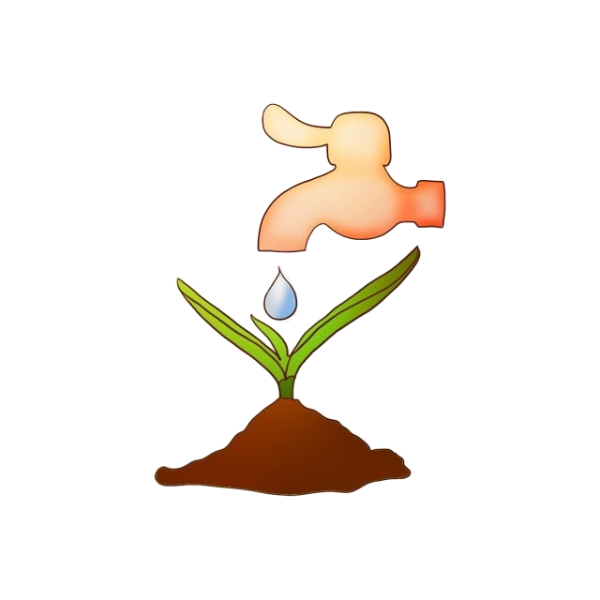Generation of Spatial Decision Support System (SDSS) database, comprising areal extent of agricultural lands and water bodies, is very important for planning irrigation based on rainwater harvesting for increasing cropping intensity from 100% to 300% (i.e. monocropping to three crops in a year) in a drought-prone area of Paschim Medinipur District in Southern part of West Bengal State in India towards increasing food production for achieving sustainable development goal (SDG) No. 2.4 of Zero Hunger of the United Nations by 2030 through promotion of sustainable agriculture. From past decades to present times research results have revealed that harvesting rain water in village-level ponds, based on hydrological balance approach, on one-fifth of agricultural area can sufficiently supply irrigation water for raising three crops in those parts of West Bengal, where Paschim Medinipur District is located. Google Map application programming interfaces (APIs) and online Google Internet Services (GIServices) database were used to access remote geodata repositories for cultivable lands and water bodies in that district. From the analysis it is revealed that another 64,804.69 ha (i.e., about seventeen per cent of cultivable lands as in the year 2019) is needed to be taken under waterbodies for attaining the objective of transforming monocropped areas to yearlong cultivable tract.
Citation:
Das P., Panda S. (2022) GIS-Supported Database Towards Transforming Monocropped Areas for Yearlong Cultivation in Paschim Medinipur, West Bengal, India. In: Bhunia G.S., Chatterjee U., Lalmalsawmzauva K., Shit P.K. (eds) Anthropogeomorphology. Geography of the Physical Environment. Springer, Cham. https://doi.org/10.1007/978-3-030-77572-8_18
https://link.springer.com/chapter/10.1007/978-3-030-77572-8_18
